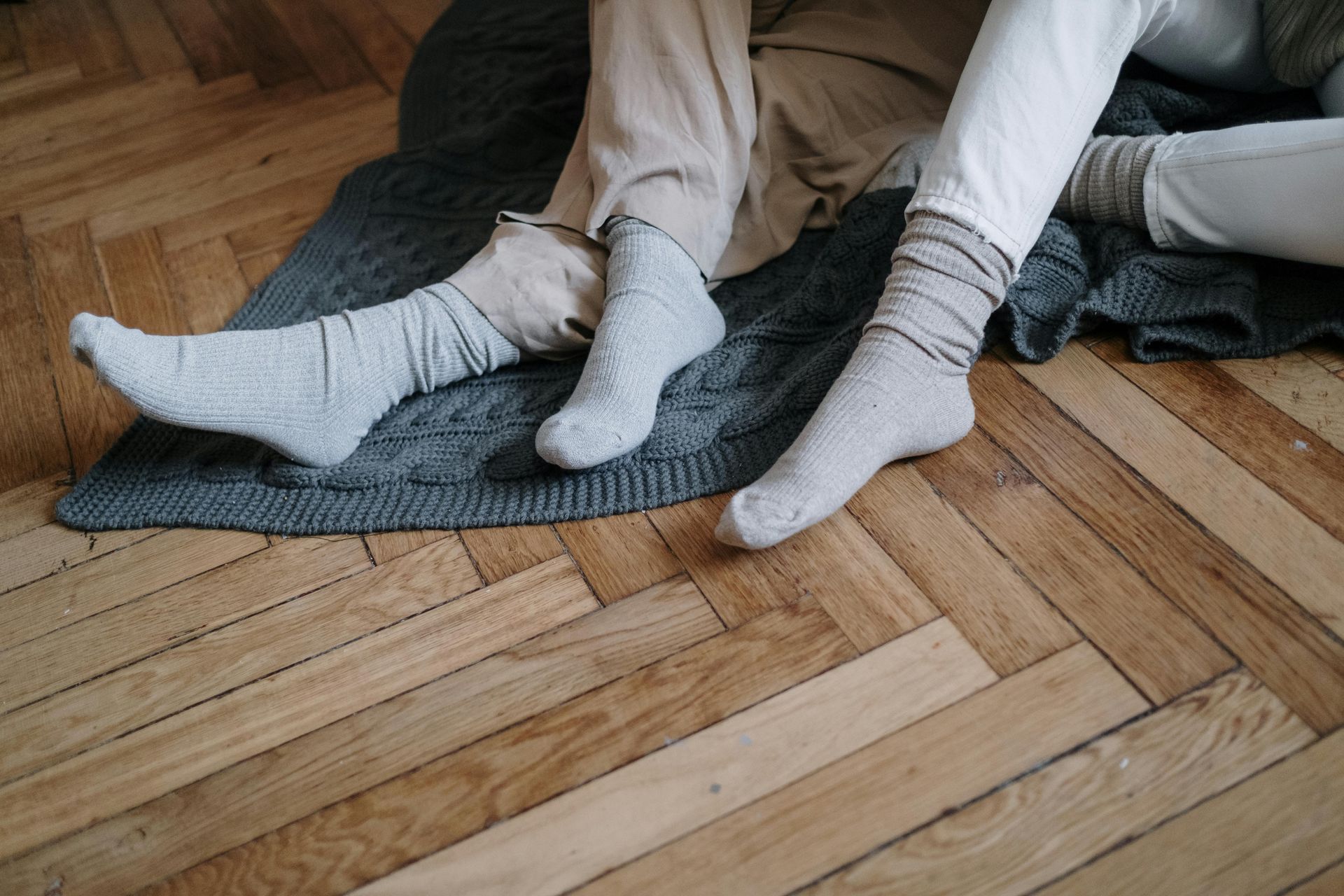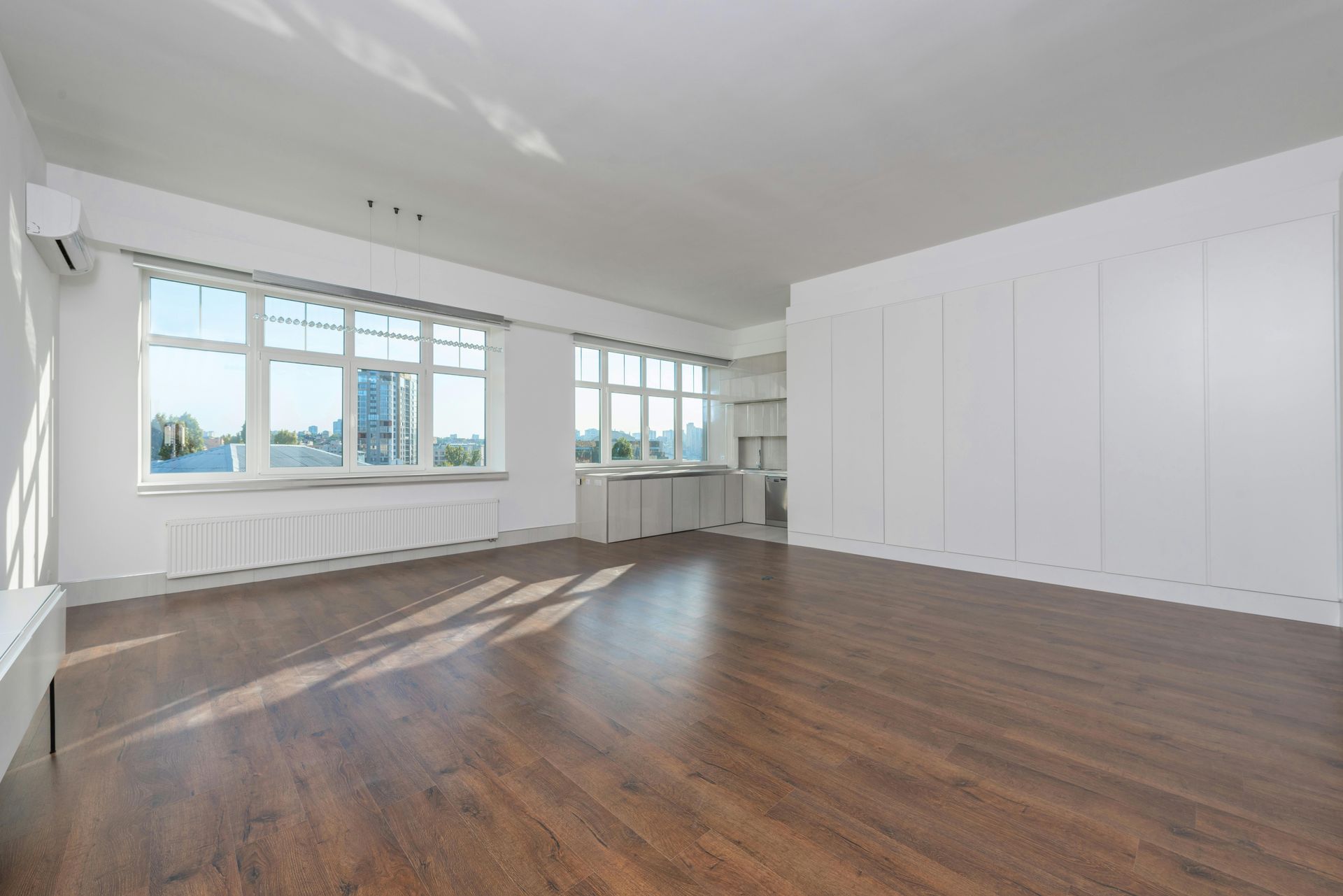The Difference Between Laminate and Engineered Wood Flooring
AffinityX GrayTV • February 4, 2021

Whether you’re constructing a new home or just remodeling, choosing the right flooring type can be a rigorous process. You need to consider the location where the flooring will be installed and the floor material’s aesthetic, price, and durability.
One of the most popular floor options is wood flooring which is most suitable for living rooms and bedrooms. It has two common types: laminate and engineered wood flooring. Check out the pros and cons of the two below:
Laminate Wood Flooring
Considered a great alternative to solid hardwood floors, laminate wood flooring
provides an attractive and durable surface for homes. This flooring type imitates wood floors remarkably.
Here’s how laminate wood floors are made: A high-resolution, realistic image of wood is printed and attached to a core made of composite wood pressed together. And then, a wear layer is added to protect the photographic layer from damage.
Advantages
- Laminate flooring comes in planks or tiles that can be simply attached together for easy installation.
- It is one of the most inexpensive types of flooring.
- It is easy to clean with a vacuum, broom, or damp mop.
- The wear layer makes it highly resistant to scratches, dents, and stains.
Disadvantages
- Depending on its construction, laminate wood floors may not be as visually appealing as hardwood floors.
- It is susceptible to moisture damage, so it shouldn’t be installed in kitchens, bathrooms, or laundry rooms.
- Once the flooring is worn out, it needs to be replaced completely.
- It has a hard and noisy underfoot when walked on.
Engineered Wood Flooring
Engineered wood floors bring timeless elegance and beauty to your home. Unlike traditional solid hardwood floors, this type of flooring has several layers. The top layer is veneer, while the lower ones can be made of wood-derived materials such as plywood, fiberboard, or hardwood.
Advantages
- It comes in a wide range of wood species, and is available in various finishes and colors.
- Although it’s cheaper than traditional hardwood floors, it has the same appearance and texture.
- The flooring’s multiple layers make it more durable and less likely to expand or contract when exposed to moisture, humidity, or temperature changes.
- Its tongue-and-groove planks easily click together, making it suitable for DIY installation.
- It adds long-term value to your home.
Disadvantages
- Some veneers are made too thin, so sanding and refinishing can be done less frequently. This significantly lessens the life of the floor.
- Regular maintenance is needed to preserve the shine and excellent condition of the flooring.
- It is not suitable for homes with pets or young children, because they can easily damage the floor.
- The veneers can fade after prolonged exposure to UV rays.
Consult a Flooring Expert
To help you decide on the best wood flooring options for your home, hire a flooring professional. At Floors for Less, we have the experience and knowledge to help you with your flooring project. We also provide installation, refinishing, and repair services. Contact us today for a free quote.







